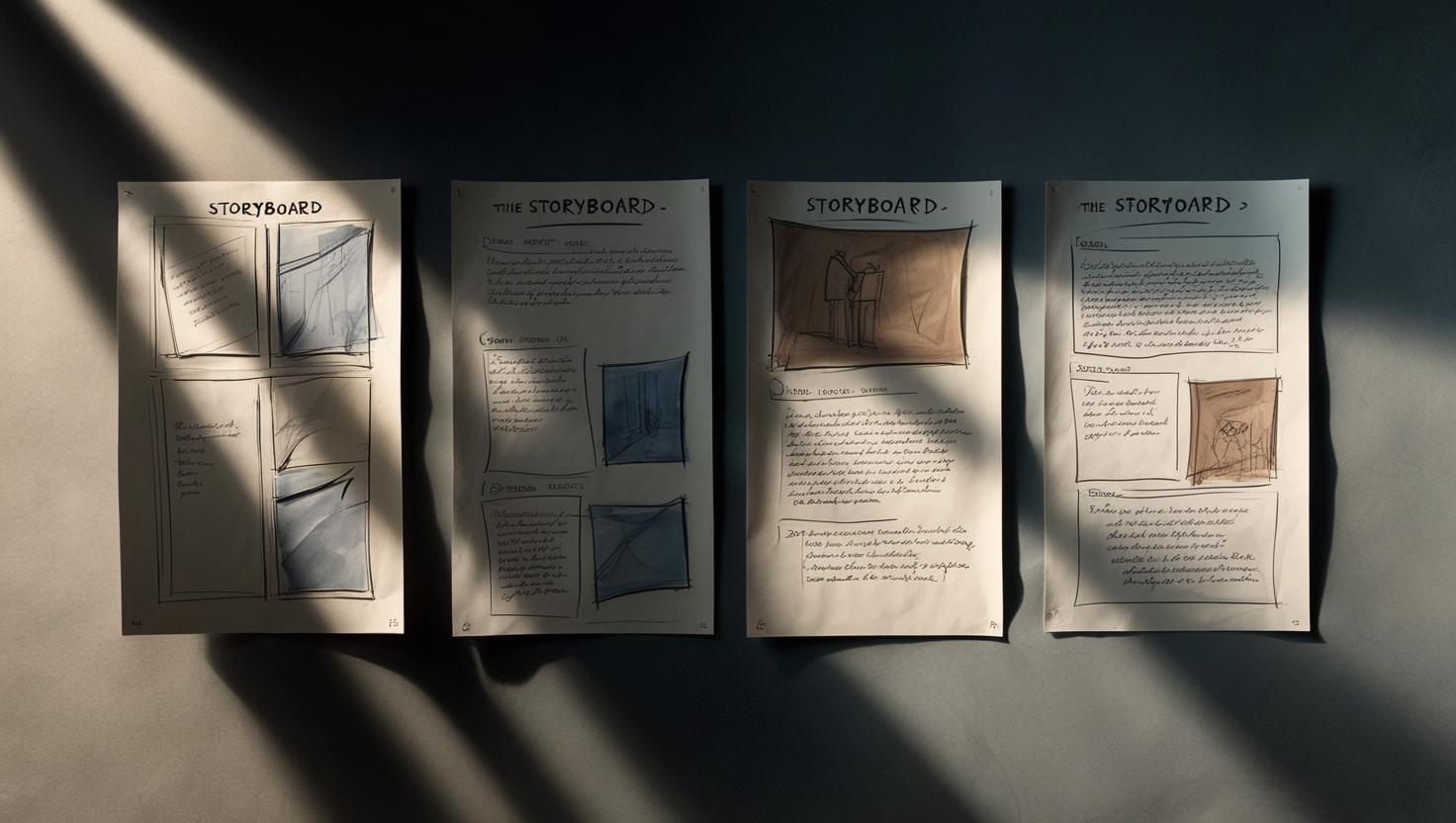In the world of online videos everyone talks about the short magic 1 minute limit. But for many products and services bringing your message over in such a limited time is not easy. In this blog you’ll find a few handy tips for fitting it all in a short script of 60 seconds.
Choose the right style of story
Before you start to write a script, it’s handy to know how you want to tell your story. As teacher, salesman, lawyer, preacher, storyteller or simply as a friend? Each way of telling a story has its particular rhythm and speed.
A teacher wants to explain something really well and so takes pauses where necessary, and will stress their words a lot. A salesman generally wants to bring a feeling over, get their foot in the door, and therefore often speaks quicker. One style then, lends itself more easily to a 60 second video than another.
Ar-ti-cu-la-tion
In addition to the style of story there is another factor that determines how many words you can fit in a minute long video. That is the voice over actor themselves. Generally an English voice over artist speaking naturally will use about 150 words a minute. A voice actor using the lower part of their voice won’t get much further than 120.
And then there is the experience level of the voice over actor in question. The more words you want to emphasize the slower you’re going to speak. A good voice over actor knows that, and will only emphasize words like ‘new’, ‘innovative’ or ‘successful’ if there is room to.
What less experienced voice over actors often don’t know, is that if you want to sound natural you can only emphasize 1 word per sentence. With some sentences you read through them and don’t add emphasis anywhere. The voice-over hobbyist is also recognized by their overemphasis of the brand name. The rule is: introduce it for the first time, so, emphasize it, thereafter just read through it. Done.
Good articulation alone can easily make a 10 second difference in a 60 second text or short film.
Pauses
A nice technique for explainer films is taking a run up, in terms of the speed the text is spoken. By cutting away pauses between the sentences you can increase the speed, and in a one minute video you can often win 5 or 10 seconds. The voice-over style needs to lend itself to this of course (more on that below). Taking pauses out however, can sometimes get in the way of the clarity of a story. For example, ask yourself a question…
‘Have you ever been stranded next to the road with a flat battery?’
… then you force the audience to conjure up an image in their head. If you don’t take a moment’s pause after a sentence like that, the audience will be distracted during the following sentence and so lose the thread of your story.
Less isn’t always more
Kill your darlings, writing is editing, less is more, yeah, nothing is further from the truth. Even there you can go too far. Words such as ‘so’, ‘and’, ‘so that’, ‘because’, ‘but’ (yup even but) make sure that a voice over flows well and that it has a nice cadence to it. In fact by using these words, you can tighten up the speed of the delivery without irritating the viewer.
Ready to upgrade your script? Read more about it in our whitepaper with tips on writing captivating voice over scripts.
The raw audio version is often too long
Version 1 of your voice over script is often the trickiest. Everything that you had in your head is now on paper. There’s a big chance that you have around 2 or 3 minutes worth of text. Nothing wrong with that. You had all that information in mind. Now it’s out. Now you can begin to edit without there being residual info left behind which keeps fighting for a place in the script.
Wait a second, less is more actually?
In the previous paragraph I changed my tone. Instead of sticking the sentences together with conjunctions, I actually left them out. In fact I chopped sentences. It immediately changes the way that you address someone. In other words, choose your story technique. We all know that the power of repetition really works. But do you want to know how to write a short script? Then it could be that there just isn’t time to repeat things.
AiiiiiiiiiiiiiiiiiiiDA
Wait, again… so where should you make cuts? Let’s take a look at the AiDA model. Awareness, Interest, Desire, Action. If you look at the script from this point of view you’ll probably see that you’ve got the Awareness covered. You’ve created excitement and probably put your heart and soul into it.
With Desire and Action you’re probably OK too. On the other hand, in many voice over scripts you see that these two phases are shoved together or simply rattled off. Even if you only have 60 seconds, take your time here. It is just like a fine book or a beautiful film, everyone wants a good ending to a story. Closure. The viewer wants that too.
And in between there is of course, Interest. Ouch. That’s the part most heavily debated. An over zealous marketing manager that doesn’t completely see their briefing of 3 pages reflected in the text. The developer from the product in question that, because of their personal interest, is too deeply invested in the material.
The interest part, is usually where you can best make cuts. Or better yet, do some major surgery. Take a chainsaw to it in fact, if it’s in the service of the viewer.
Local information overload
Do you know this term? No me neither, I just made it up. What I’m talking about, is that sentences can be too long. And what I mean is, not wooly use of language but that there can simply be too much information in them.
Take this sentence for example:
Scientific research shows that 65% of pupils who live in the North of Holland and who are now in the last year of primary school will, when they join the workforce, be fulfilling jobs that currently do not exist.
When a voice over actor records this sentence, they will probably add pauses here and there so as to get all the information into the viewer’s head in at least a vaguely comprehensible way. It’s also highly likely that this sentence is also the first sentence of your video.
In which case, even if the video is only 45 seconds long, from the point of view of the viewer you have probably started 3-0 behind. What would you have said if you had been sat down with the viewer face to face?
Did you know that 65% of primary school children will end up in a job that doesn’t exist yet?
Well, write that down then.
You can add additional information on a website, or in a brochure.
In other words
It is all about the message; and about activating the viewer who, if it is all working relatively well, will happily give you a minute of their time to listen to that message. How you do that, is of course totally dependent on your message and your target audience.
And if your message still really doesn’t fit within a 1 minute video, don’t worry, the majority of explainer scripts that come in to us at Voicebooking are about 1.30. 🙂
Ready to upgrade your script? Read more about it in our whitepaper with tips on writing captivating voice over scripts.




